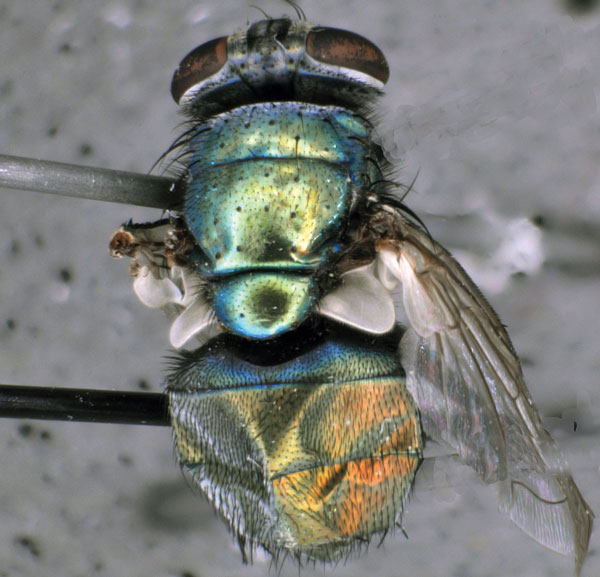Volume 24, Number 2—February 2018
Dispatch
Fly Reservoir Associated with Wohlfahrtiimonas Bacteremia in a Human
Figure 1

Figure 1. Green bottle fly (Lucilla sericata), caught inside home of patient with septicemia and wound myiasis in Washington, USA. The fly laid eggs inside a sterile container, and a Wohlfahrtiimonas spp. were isolated from a larva hatched from these eggs. Photo courtesy of T. Whitworth.
Page created: January 17, 2018
Page updated: January 17, 2018
Page reviewed: January 17, 2018
The conclusions, findings, and opinions expressed by authors contributing to this journal do not necessarily reflect the official position of the U.S. Department of Health and Human Services, the Public Health Service, the Centers for Disease Control and Prevention, or the authors' affiliated institutions. Use of trade names is for identification only and does not imply endorsement by any of the groups named above.